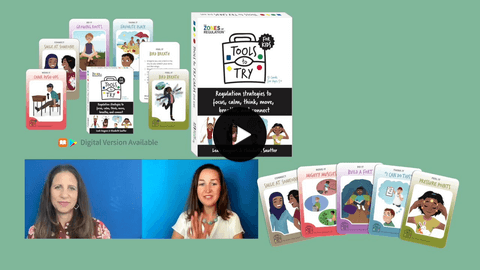
Click image to zoom.
Double click image to zoom.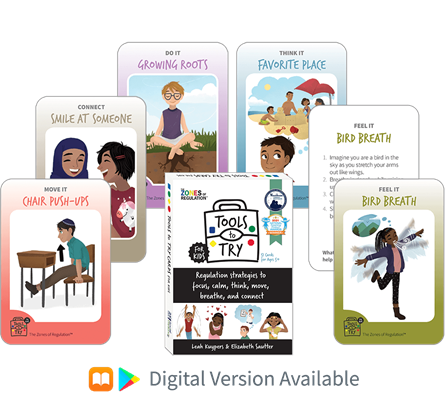

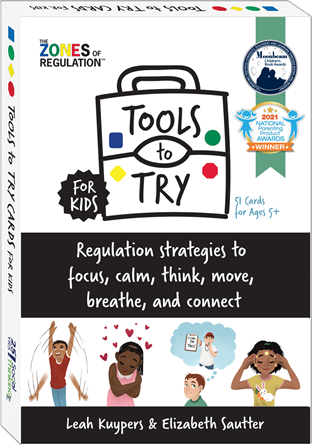
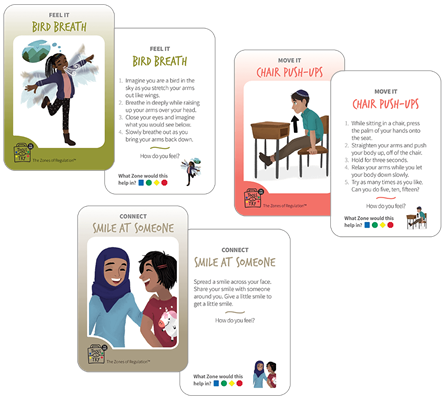
- Ages: 5-10
- Format: Cards 4x6
- ISBN: 9781936943562
- Published: 2020
Description
Digital version must be purchased separately—only on Apple Books and Google Play (not printable).
Learning to regulate our Zones takes time and lots of practice. Award-winning Tools to Try Cards for Kids includes 4”x 6” tool cards and is an easy, user-friendly way to introduce over 50 regulation strategies to kids ages 5–10 and empower them to make choices toward figuring out what works best for them. For best teaching practice, the strategy card deck should be used in tandem with lessons introducing tools for use with Zones from Chapter 4 in the curriculum book, The Zones of Regulation, as well as paired with other related products, such as Navigating The Zones.
What’s in the Tools to Try for Kids strategy deck
Housed in a sturdy two-piece cardboard box, the card deck includes 4”x 6” strategy cards (51) and information and instruction cards (7) for the interventionist and weighs just 0.626. lbs. The two-sided strategy cards are divided into five color-coded categories to show how the tools work in different ways to help social emotional learners regulate feelings and emotions:
FEEL IT These tools use our senses to support regulation and modulation.
MOVE IT These tools integrate physical activity to impact regulation.
THINK IT These tools provide thought-based strategies to help us regulate.
DO IT Task and goal-oriented tools involve taking action.
CONNECT Co-regulation tools encourage empathy, thinking of others, and accessing relationships for support.
Each strategy card displays an illustration of the regulation tool performed by inclusive characters on one side and a how-to-do-it description on the reverse. Each card includes a metacognitive self-reflection where kids consider how they feel after using the tool, how it can be used to help them regulate their Zones, and decide whether it’s the right tool for them.
How to use the Tools to Try Cards for Kids
This learning tool can be used in multiple ways: explored tool by tool with a whole classroom of students, used as a therapy aid in a smaller setting, for parents and caregivers to explore with their children, or for kids to pick up and practice on their own. This teaching tool also provides visual supports for the tools and encourages children to find specific tools helpful for learning to regulate in real-time within a specific Zone. In addition, the cards can be photocopied and sent home with kids to practice with caregivers; card decks can be used specifically within the home environment, as well. When exploring each tool, allow time for kids to first practice, then reflect on which Zone or Zones the tool might help to regulate. Reproducible R (page 112) from The Zones of Regulation curriculum helps kids track and monitor how the different tools affect them.
Tools to Try Cards for Kids is a hands-on metacognitive tool used best when paired with The Zones of Regulation curriculum.
What are The Zones of Regulation?
Feelings come in different sizes, intensities, and levels of energy. To make this easy to talk and think about, we can categorize them into four simple, colored categories that we call Zones of Regulation.
The Blue Zone is used to describe low levels of energy and down feelings, such as when a person feels sad, tired, sick, hurt, lonely, or bored.
The Green Zone is used to describe when we feel a sense of calm and control. A person may be described as happy, focused, content, or proud when in the Green Zone.
The Yellow Zone is used to describe when our energy is higher and emotions get a little bigger, making it a bit harder to regulate. A person may be experiencing stress, frustration, anxiety, excitement, silliness, the wiggles, confusion, overwhelm, or nervousness when in the Yellow Zone.
The Red Zone is used to describe extremely high energy and intense overwhelming feelings that are harder to control. A person may feel elated, euphoric, anger, rage, devastated, panicked, or terrified when in the Red Zone.
Using tools to regulate Zones
Once we can identify how we are feeling and what Zone we are in, we decide if we need a tool to help us regulate. As you and the kids explore the different tools in the deck, encourage each student to consider the tools which help them when experiencing a specific Zone. Different children may find the same tool helpful in different ways. Therefore, we encourage interventionists to not tell students which tool to use, but instead allow students to explore and choose themselves which tool(s) will help them regulate within a specific Zone:
Blue Zone tools help us wake up, get energized, focus, or provide comfort.
Green Zone tools help us with everyday needs to continue to feel good, healthy, and stay organized. These tools help us maintain our focused energy, connect with others, and provide a sense of well-being.
Yellow Zone tools help us feel calmer and more in control.
Red Zone tools help us stop to gain more control, feel safe and calmer.
Guidance for interventionists
1. Use this card deck in conjunction with the lessons in The Zones of Regulation curriculum, the storybook set The Road to Regulation and The Regulation Station, and Navigating The Zones cooperative game.
2. Teach a variety of tools over time, providing time for kids to practice each tool and notice how the tool impacts them and can be used to regulate their Zones. Tools need to be practiced many times in order to become a more automatic response to regulate our Zones in real-time.
3. Always provide the option to use a tool without forcing a choice. Empower kids to explore and determine which regulation tools work for them so they are motivated and involved in tool selection. Review and practice using previously taught tools periodically to keep them fresh in mind.
4. Model using tools yourself, highlighting how the different tools help you regulate your four Zones. It is important to create a climate where it is safe to recognize and discuss feelings and learn how to regulate them. Point out how even adults continue to work on these regulation skills throughout their lifetimes.
5. Acknowledge when kids make an attempt to “try” a tool, even if it doesn’t work in that moment. It is likely a step in the right direction. Praise for effort and allow time later for reflection on how the tool is working.
How do the cards tie into the other Zones products?
Tools to Try Cards can be used in conjunction with The Road to Regulation and The Regulation Station storybook series which presents a kid-friendly introduction to The Zones of Regulation and how we use tools to regulate our Zones. The Tools to Try Cards can be used to follow up instruction, for example, introducing a “tool of the week” to students from the card deck as modeled in the storybook series.
Tools to Try Cards can also be used in conjunction with Navigating The Zones cooperative game to support play. Tools to Try Cards can be used as visual aids during play to assist players in developing and expanding tool options to navigate the Zones.
This card deck is a supplement to, not a replacement for, the in-depth curriculum and lessons in The Zones of Regulation book.
Explore all the resources dedicated to The Zones of Regulation in one place
Browse our dedicated Zones of Regulation page to find everything you need to help you teach The Zones of Regulation and see why this social emotional learning curriculum has been adopted across thousands of classrooms worldwide.






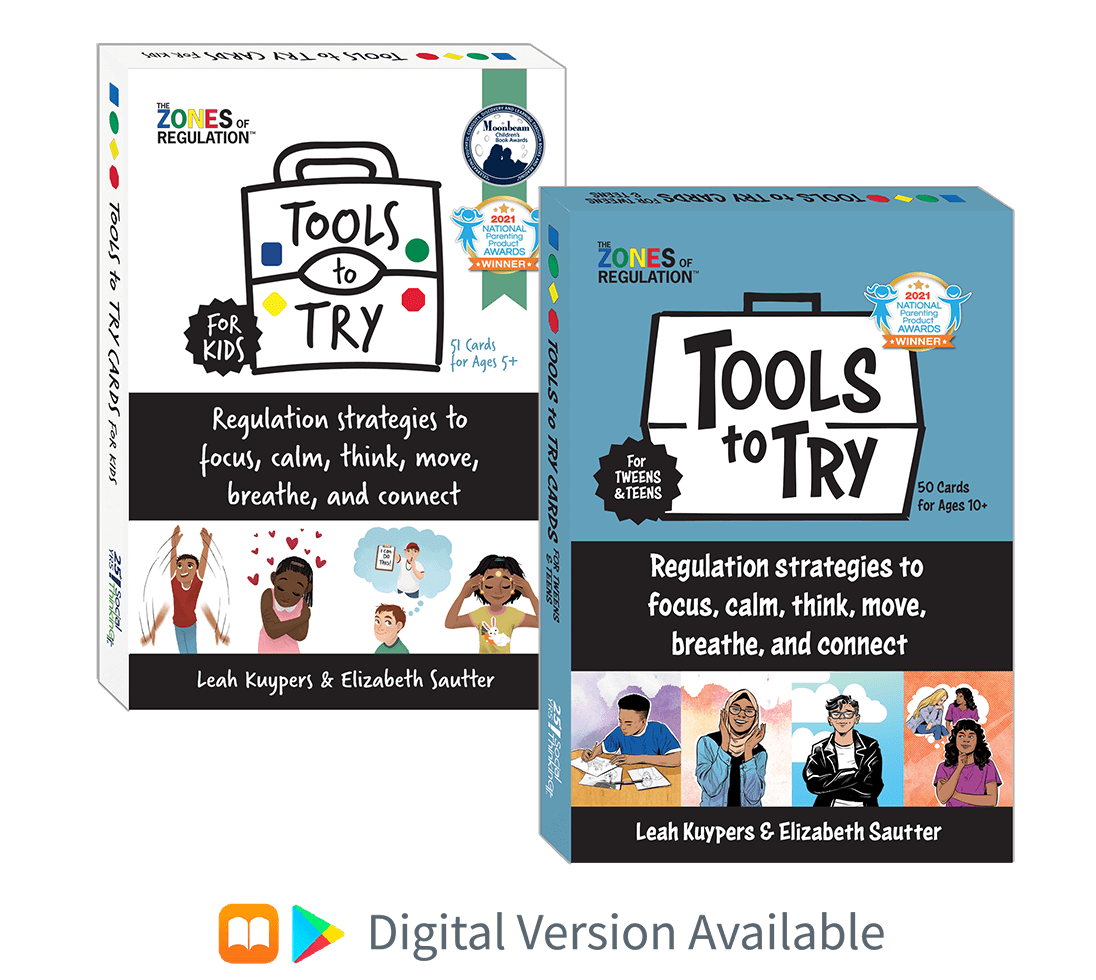
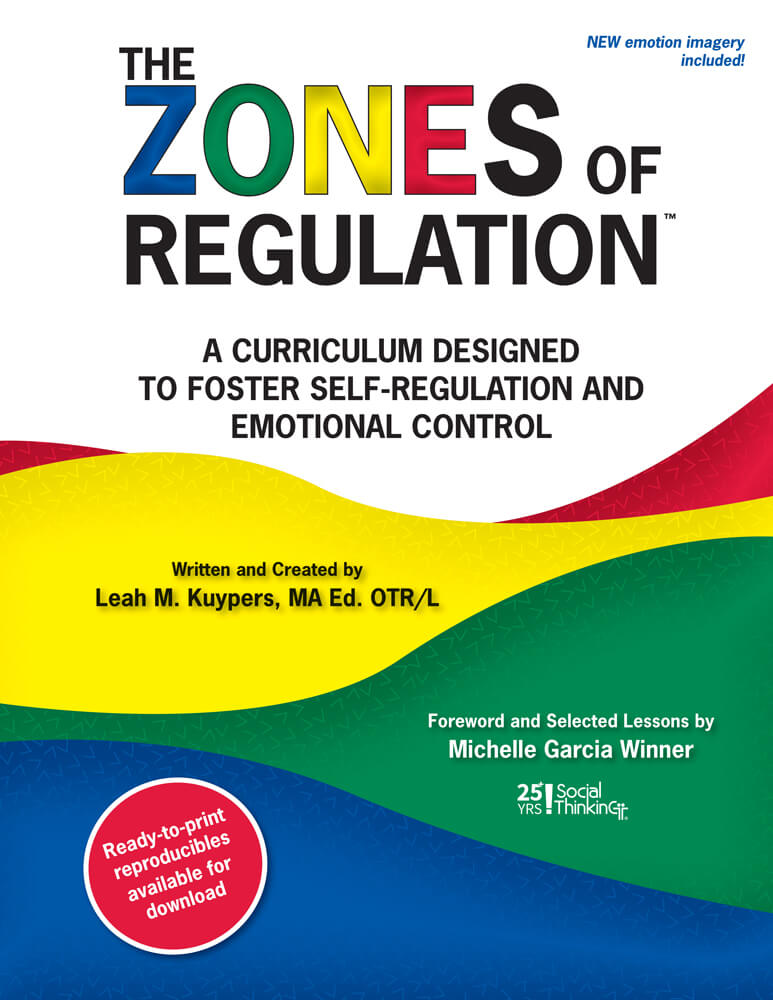
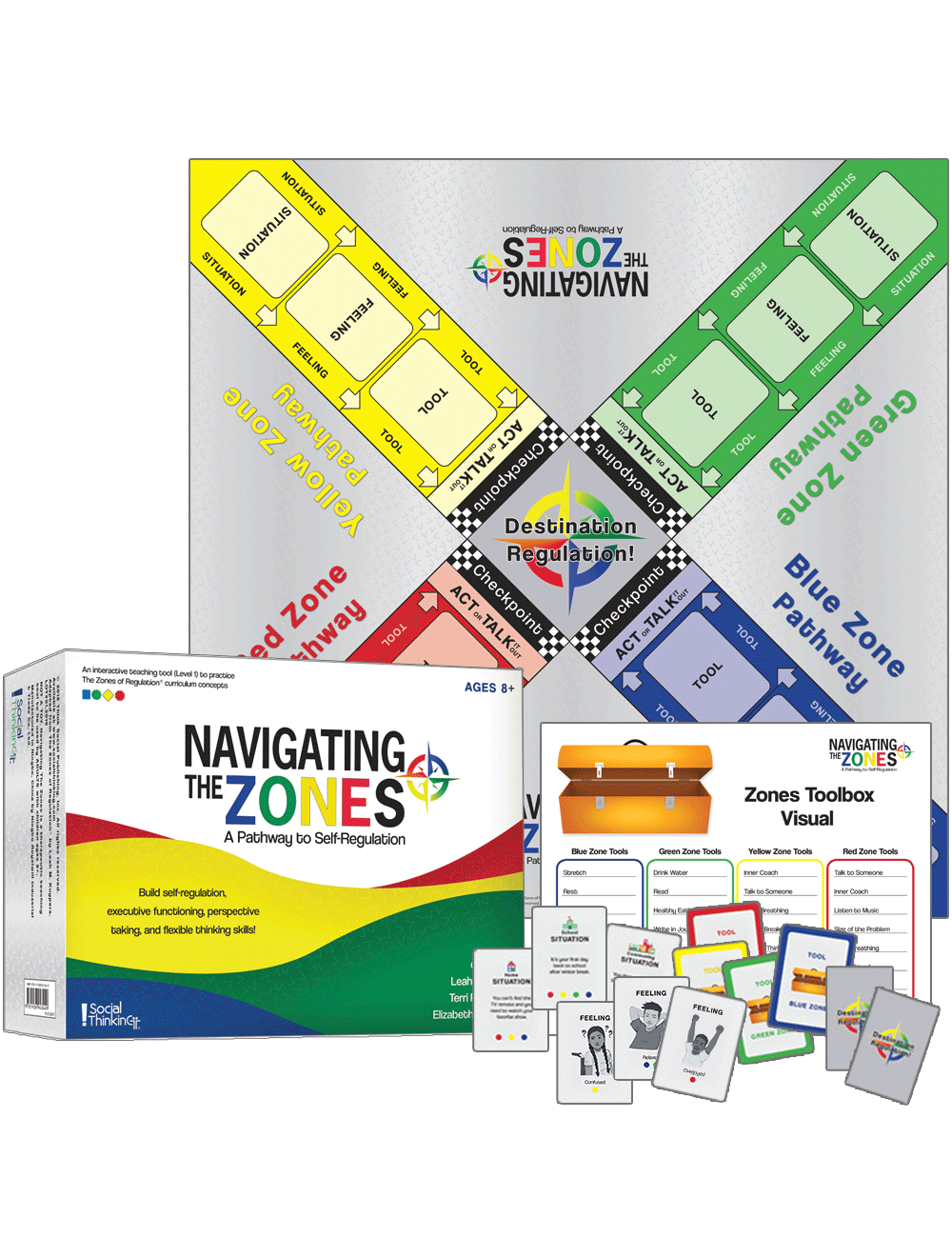
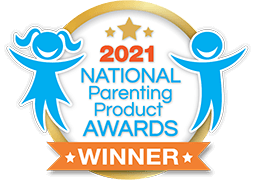

Tools to Try Cards for Kids: Regulation Strategies to Focus, Calm, Think, Move, Breathe, and Connect | The Zones of Regulation Series
Tell us something good!
There was a problem adding this comment. Plaease try later.
Please log in